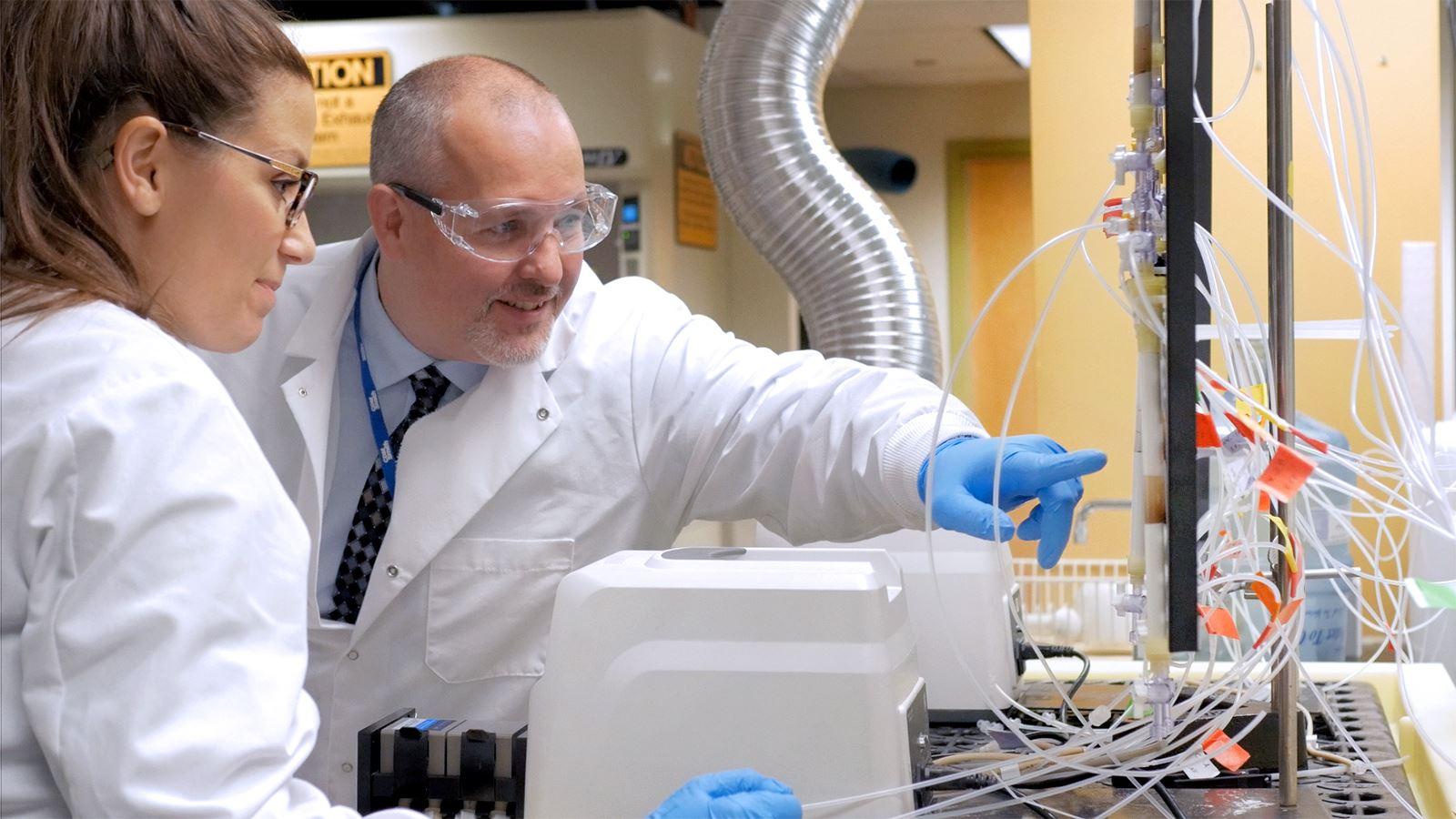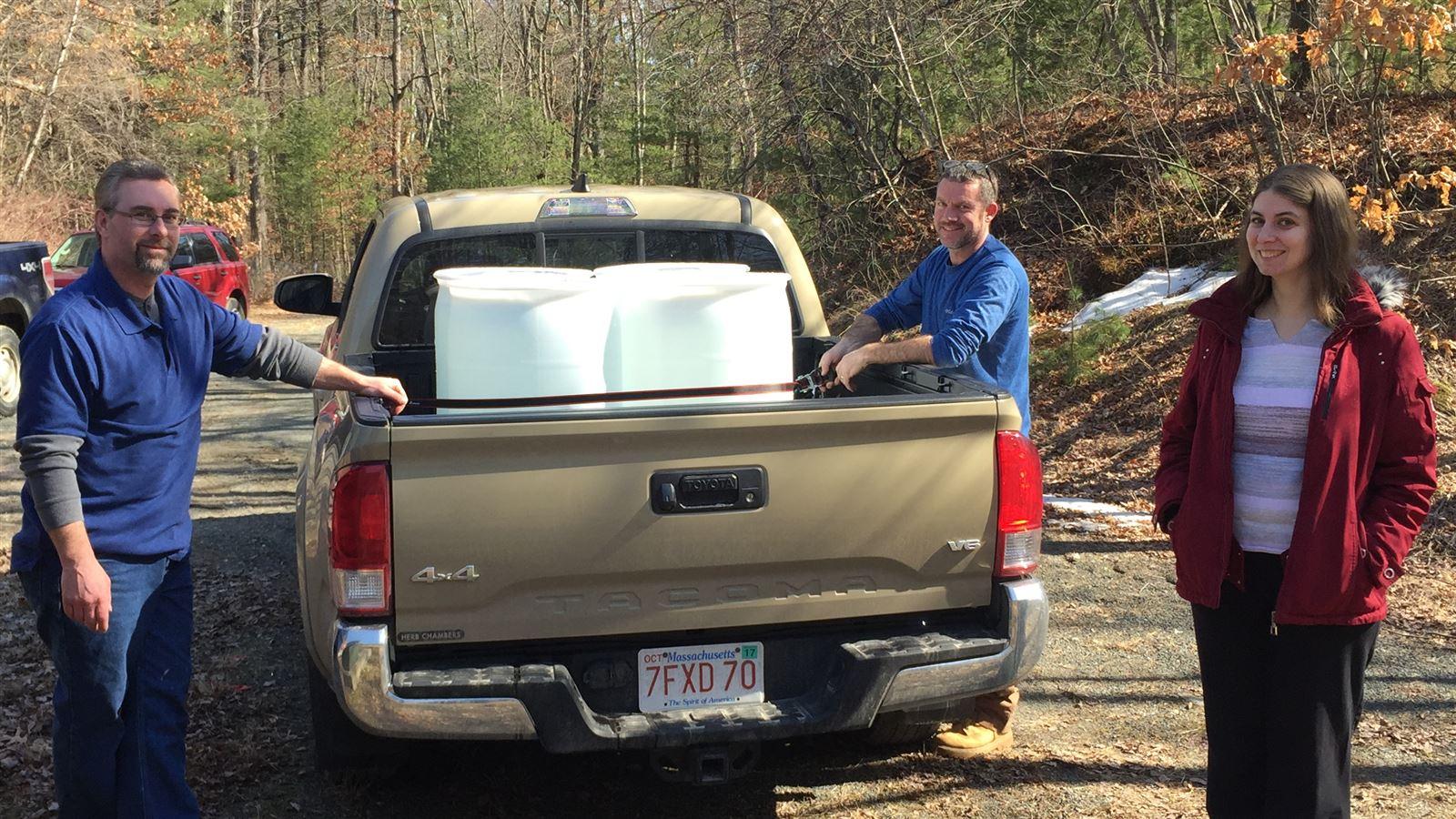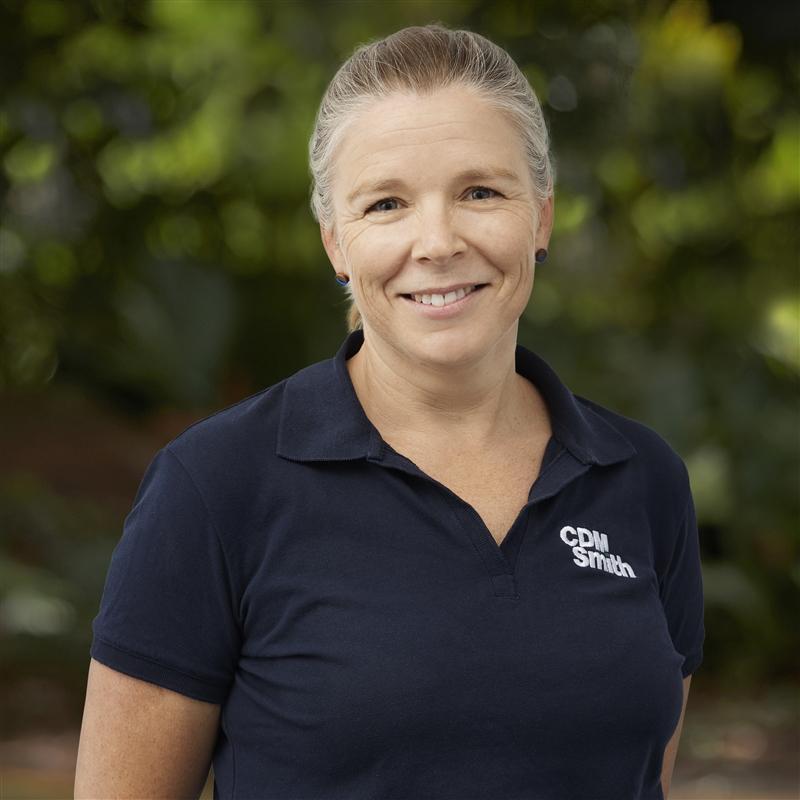Westfield Pioneers PFOA and PFOS Treatment
Westfield is a city located in the Pioneer Valley of western Massachusetts. From its roots as an agricultural community in the 1600s, the area grew to an industrial hub in the 1800s, serving as the manufacturing center of the horse and buggy whip making industry. Today, Westfield is home to over 41,000 people, and is notable for a new reason: it is pioneering a proactive approach to protecting its residents from perfluorinated compounds in drinking water.
Perfluorinated compounds, including perfluorooctanoic acid (PFOA) and perfluorooctane sulfonate (PFOS), are industrial chemicals that were used for many years in materials like nonstick cookware and firefighting foam. While these compounds have not been manufactured for some time, they are so stable and durable that they remain in the environment, and are considered “emerging contaminants” in drinking water. In 2016, the U.S. Environmental Protection Agency (EPA) issued lifetime health advisories for perfluorinated compounds, because studies have shown that increased exposure to high concentrations can be harmful.
Westfield ceased use of two of its wells where the city found PFOA and PFOS at concentrations exceeding the health advisory level of 70 parts per trillion. While perfluorinated compounds have not been formally regulated by federal or state authorities, Westfield decided the concern required a solution. Working with experts in environmental remediation and drinking water engineering from CDM Smith, which has worked with the city on several sewer and water projects over the past 15 years, Westfield will soon break ground on a new water treatment facility. The result will ensure safe and reliable water supplies from wells affected by PFOS and PFOA.
To determine the best approach for Westfield’s water, CDM Smith principal Charles Schaefer, PhD led a bench-scale testing analysis for PFOS/PFOA treatment. Dr. Schaefer has researched and assessed perfluorinated compounds for years, including working closely with EPA. “When an emerging contaminant becomes a concern, there can be a rush to install a treatment technology without properly determining its effectiveness. Careful assessment is the best approach to any PFOS or PFOA concern,” he says. “Bench-scale testing allows us to understand much more about a given situation and how best to treat it. For a relatively small cost you can achieve much more certainty, and the cost is pennies on the dollar by comparison to jumping straight into installation of a full-scale system.”
The bench-scale testing helped Westfield establish that granular activated carbon (GAC) will effectively remove the compounds of concern from the two wells. Based on the results of the bench-scale testing, CDM Smith has designed the new Owen District Road water treatment facility, a 4 million gallon per day (mgd) groundwater treatment plant that will contain the GAC treatment system, a sodium hypochlorite storage and feed system, a phosphate storage and feed system, and an office area with sampling provisions. Bench-scale testing aided in GAC media selection for the facility by comparing alternatives, and helped determine compatibility with the groundwater matrix.
Many water utilities are concerned about these compounds, but Westfield has taken action and is leading the way.
“This facility is important because it represents Westfield’s proactive approach to perfluorinated compounds, and will restore nearly 4 mgd of available water supply in the City’s water supply portfolio,” says Al LeBlanc, PE, CDM Smith associate and project manager for the Owen District Road facility. “Many water utilities are concerned about these compounds, but Westfield has taken action and is leading the way. Taking this challenge on in a logical and thorough way—testing first, then designing—means that the city is getting the right level of treatment to protect public health and spending money wisely.”

Bench-scale testing allows us to understand much more about a given situation and how best to treat it.









